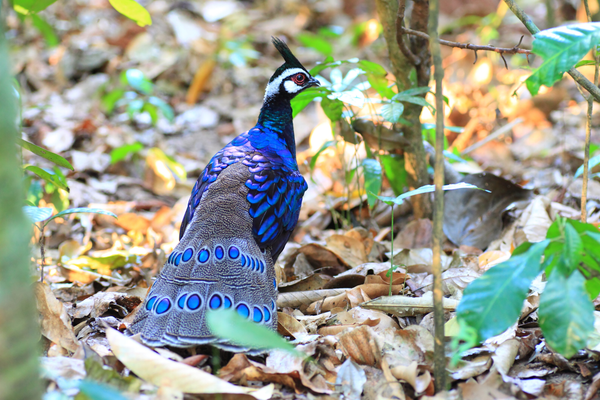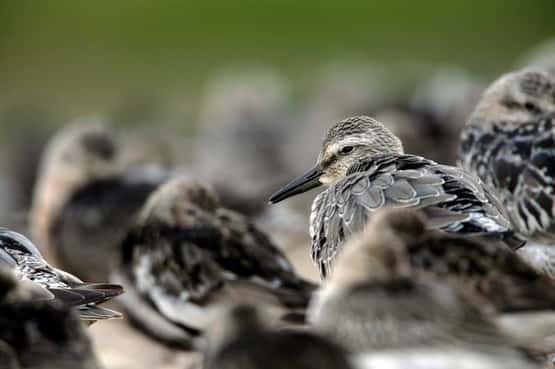Once Near Extinction, Field Crickets Make a Triumphant Comeback on UK Heathlands
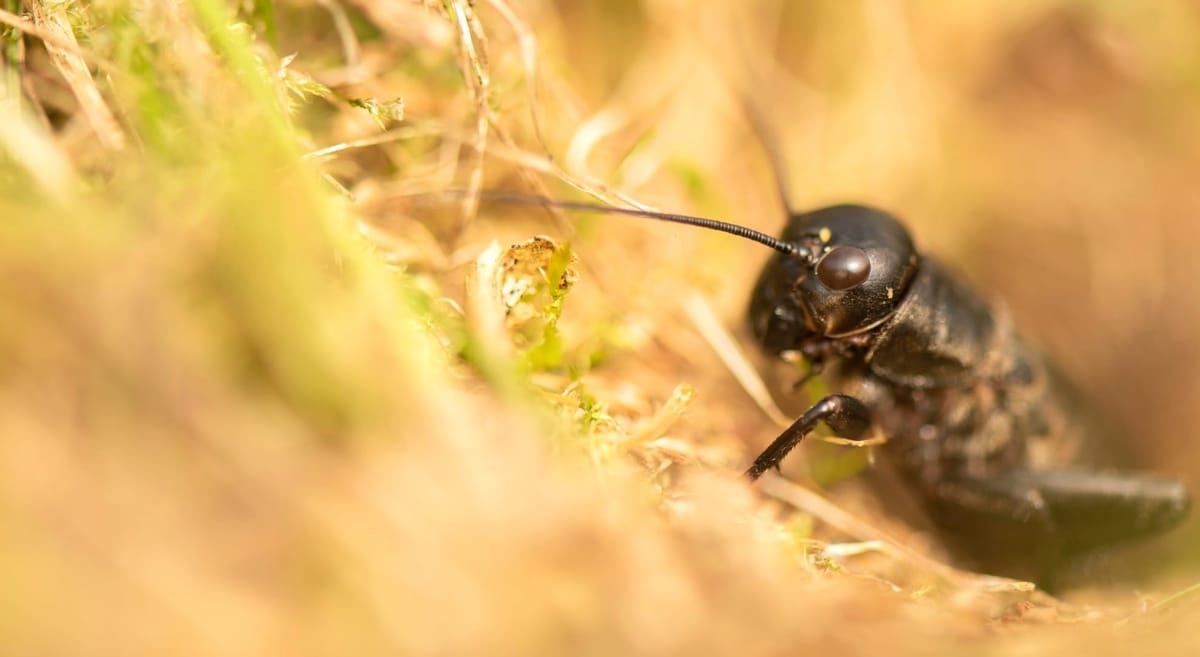
By Jill Dando News
Field Crickets are one of the UK’s rarest and most vulnerable invertebrates. With 93 calling males counted at RSPB Farnham Heath and 12 males at RSPB Pulborough Brooks this year, reserve teams, volunteers and supporters are celebrating their success.
Previously threatened with extinction, population numbers across sites in southern England are steadily increasing thanks to conservation efforts.
Small and chunky in size, Field Crickets are 2cm long and black or brown in colour. They have striking yellow markings at the base of their wings, which are covered in intricate patterns.
Field Crickets cannot fly but are capable of walking up to 100m a day – an incredible feat for something so small.
Males produce a loud chirp to attract a mate using modified veins on their wings. Their singing is an iconic sound of summer and numbers are monitored by counting the individual calls.
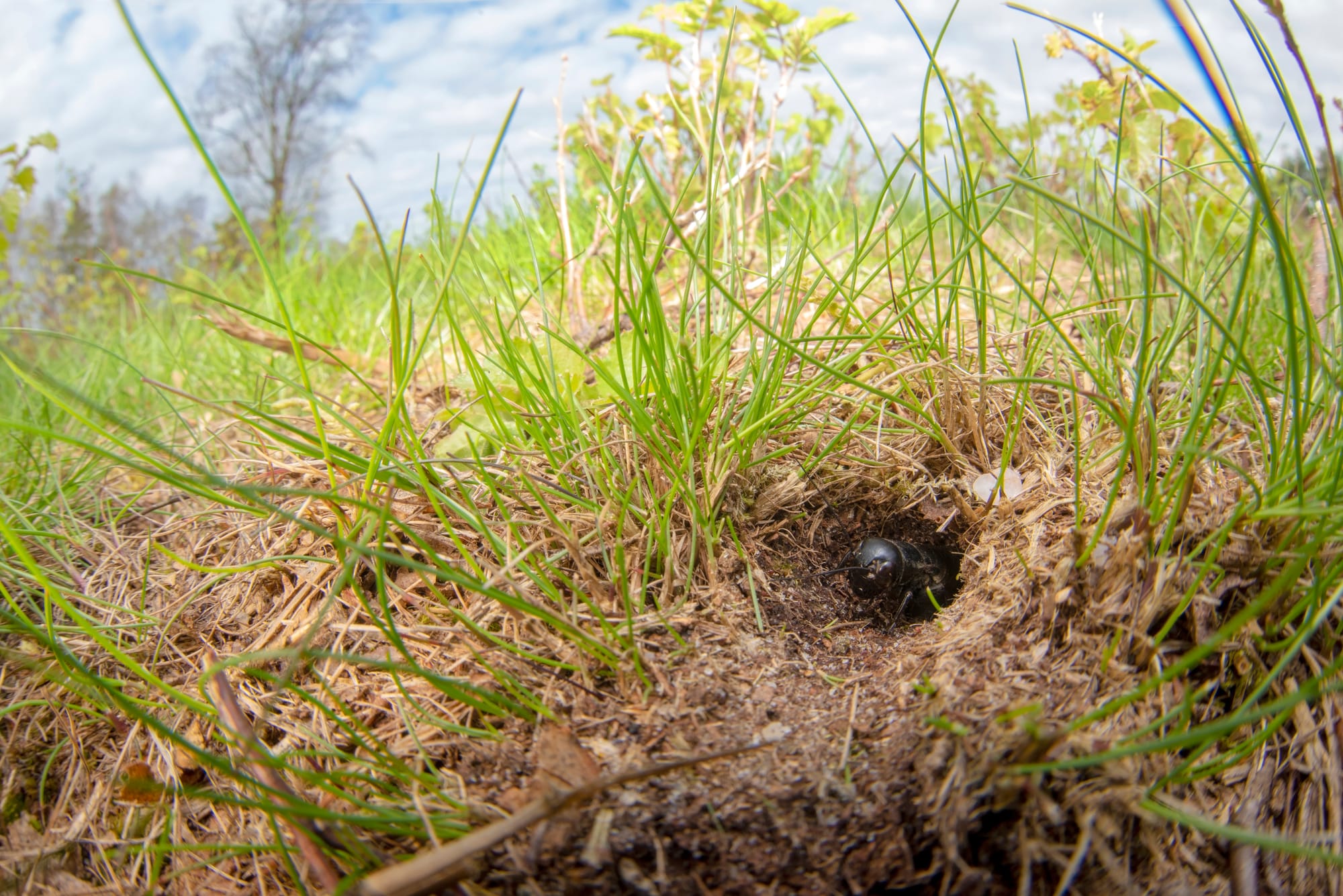
Field Crickets are restricted to sandy heaths in Hampshire, Surrey and Sussex. In 1991 their numbers dropped to fewer than 100 individuals, confined to just one remaining site, due to loss of their precious heathland sites through forestry and land-use changes.
To tackle this decline, after concerted effort to restore heathlands by removing plantations and reverting arable land, Natural England’s (then English Nature) Species Recovery Programme funded a series of reintroductions across sites in the southeast over many years.
The RSPB translocated Field Crickets to an area of restored heathland at RSPB Farnham Heath in 2010.
This was successful and a population of over 300 individuals was established in just nine years.
Building on this success, in 2017-2021 the RSPB led a project to increase the resilience of the Field Cricket population.
Crickets were released into a second area of Farnham Heath and onto restored heathland at RSPB Pulborough Brooks in Sussex, through the National Lottery funded Back from the Brink project.
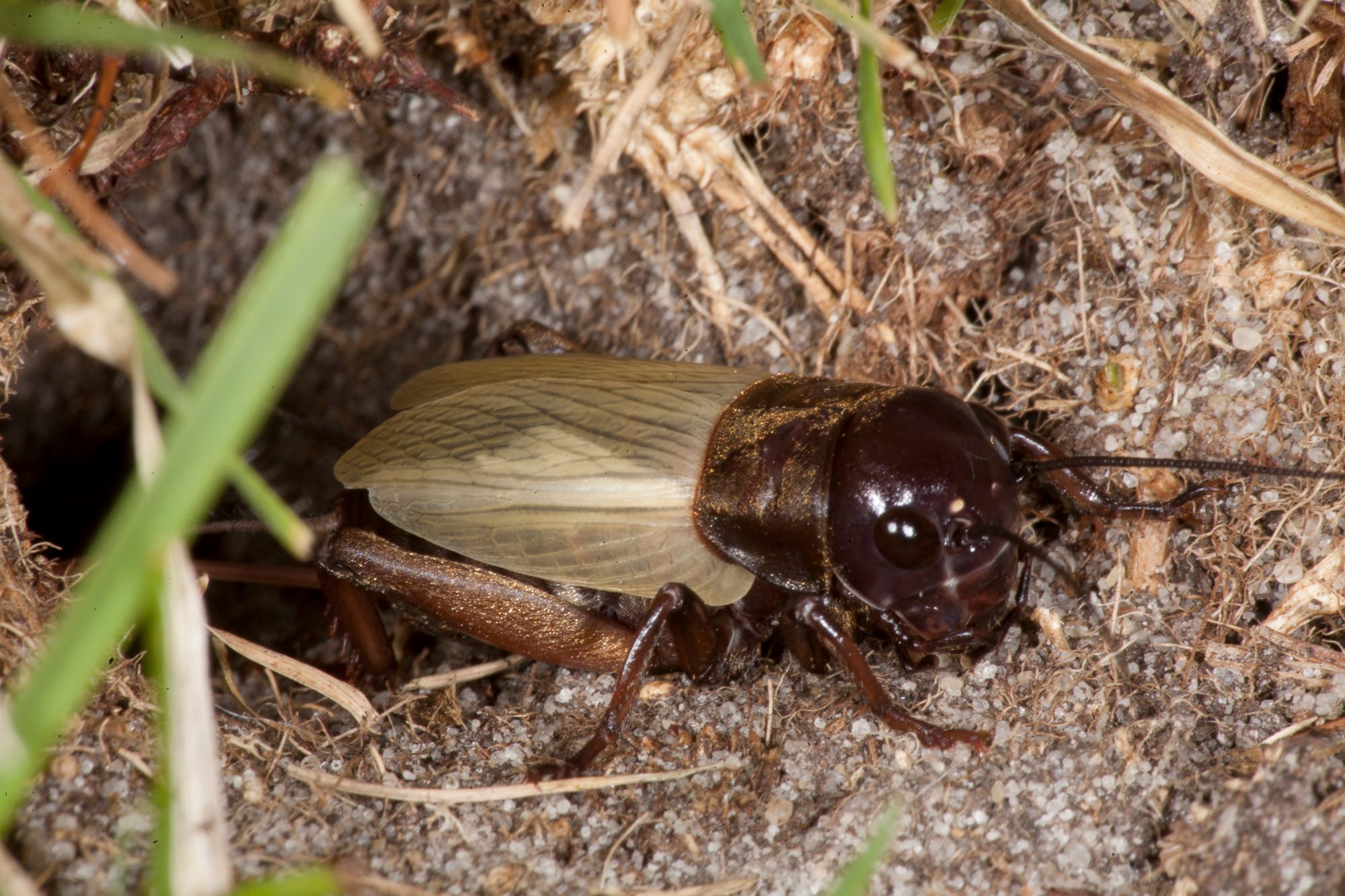
Heathland restoration involved removal of scrub, bracken and bramble. This created patches of bare ground to provide suitable habitat conditions for the release of crickets.
More than 30 years of dedicated conservation has now increased the number of occupied sites from one to eight – 105 calling males have been reported on RSPB nature reserves this year, up from approximately 90 males in 2024.
RSPB Farnham Heath warden, Mark Crisp, said:
“The Field Cricket is one of the UK’s rarest invertebrates and we are proud of the role our reserve teams and volunteers have played in its recovery. These crickets are an important part of the sandy heathlands and to hear males singing here for the last 15 years, is something to be celebrated.”
Long-term heathland management is vital for supporting Field Crickets by maintaining open habitats that help them spread and withstand threats like heath fires.
These efforts also benefit other species such as Woodlark, solitary bees, and reptiles like Sand Lizards and Smooth Snakes. RSPB teams and volunteers are working to restore and connect habitats, boosting resilience and giving hope for the Field Cricket’s future.
Nearly 400 volunteers have supported this work, helping with habitat management, translocations, and crucial annual surveys. Volunteer Libby Ralph says the experience has been rewarding and inspiring.
With over 13,000 RSPB volunteers across the UK, their collective efforts are making a real impact.
Learn more at: RSPB volunteering.
If you have a positive story or uplifting news to share, we’d love to hear from you!
Just email us at news@goodnewspost.co.uk.
Whether it's a local hero, an act of kindness, or a personal win, your story could help spread joy and improve someone’s mental health. Let’s make the world a little brighter, one good news story at a time.
And don’t forget—you can sign up for free to get the latest feel-good stories straight to your inbox!




